Back to Bartica and On to Trinidad
/We splurged and took a taxi for the hour-plus long ride from Georgetown to the Parika Stelling where we caught a river taxi back to Bartica. We had thought we'd take a much cheaper mini-bus, but with luggage, full backpacks and some provisions, the thought of cramming into the mini-bus on a sweltering, muggy day was not appealing. When we arrived at the stelling, we were quickly ushered to a Bartica-bound river taxi … a marine version of the mini-bus with 30 people, their luggage and freight aboard. It was stifling.
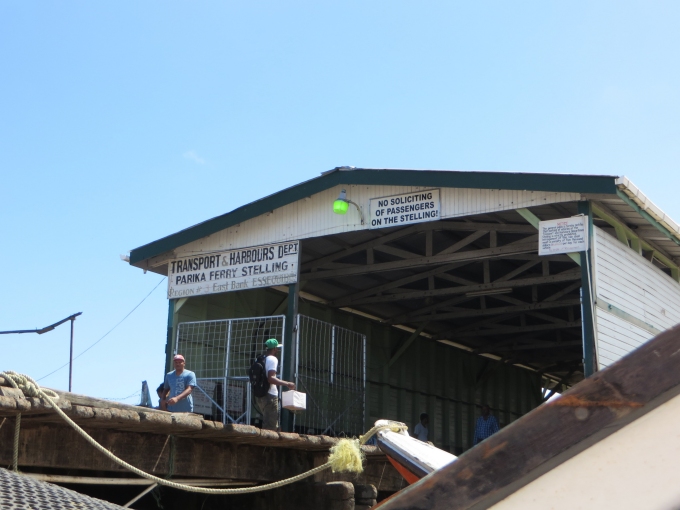
Getting aboard, which included stepping from the old wharf onto the edge of a plank and then steeply down onto the bow of the rocking boat while negotiating luggage and backpacks, was no easy feat. The river taxis have no set schedule; they leave when they're full. We waited nearly an hour in our cramped quarters with backpacks on our laps and a suitcase wedged between our legs. I remembered I should have peed before I climbed aboard.
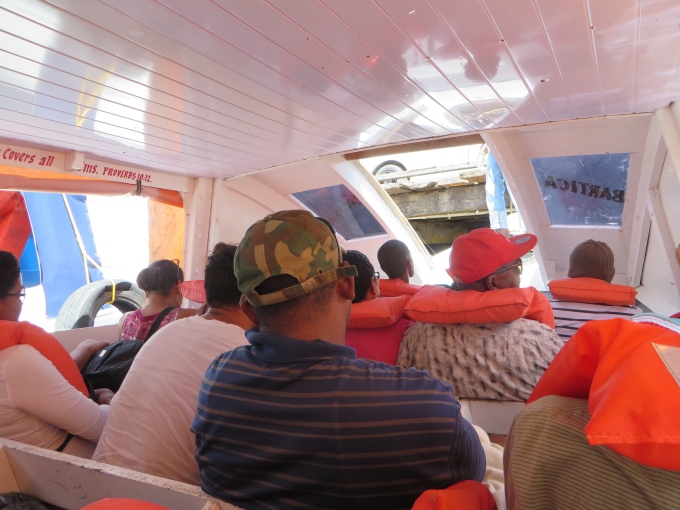
The boat finally left for Bartica. The ride was fast and bumpy. Wide, low windows provided relief from the stuffiness and heat, but offered no protection from being splashed.
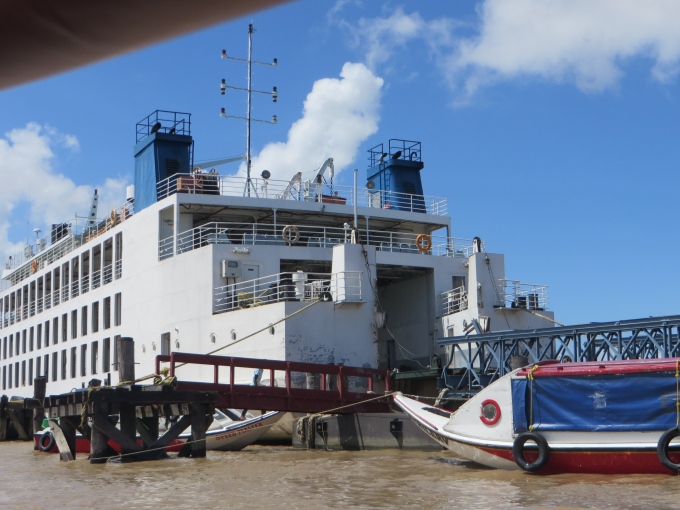
An hour later, Mike from Hurakabra was waiting for us and helped us ferry our gear from the river taxi to the resort launch. Mike waited while we checked out with Customs and Immigration and got a few last minute provisions to use up the balance of our Guyanese dollars. Then we were back at Hurakabra aboard Cups and making plans for our next day's departure.
Despite what seemed a rush, we were getting antsy to leave. We really enjoyed Guyana, but the clock was ticking to get Cups to Trinidad. In the morning, we did last minute internet ashore, said our farewells to Mike and crew, hoisted the dinghy and we were off with the noonday ebbing tide, following our track back down the long and winding Essequibo River.
A short-lived 30-knot headwind and a torrential downpour was our send-off within minutes of our departure from Hurakabra, but it soon calmed and cleared. The ebbing tide did not afford us a long enough window to negotiate the entire 50nm downriver run. We stopped for the night just off Fort Island, thinking we'd visit the island in the morning. Our plans were thwarted by heavy morning rains. We caught the early afternoon tide once again, but made it only 15 miles before the afternoon headwinds beat us back. Getting down the Essequibo was proving more difficult than getting upriver. We had 20 knot head winds and with the wind against the current, the waves were short and choppy, making it slow going. Despite the help of the ebbing current, it took us two days to get down the river.
We anchored off Leguan Island in order to minimize our morning run to the Essequibo's mouth. Not to worry … the winds were predicted to be better and we preferred to negotiate the endless fishing nets in the daylight. Early on the third day, we hauled anchor with a bright crescent moon and a twinkling morning star looking down on us. It's good we started early. A Keystone Cops drama unfolded as I worked at removing sticky, thick, brown mud and clay from the chain and anchor. I had mud spattered everywhere...on me, on the deck and still some residual on the chain. It took nearly 45 minutes to wash down and finally get underway.
Three hours later, we broke away from the brown Essequibo and we were back in Atlantic, en route to Trinidad. The sky was blue, the wind was ENE at 15 knots and the current favored us. Once again, we're on our way. Come sail with us!
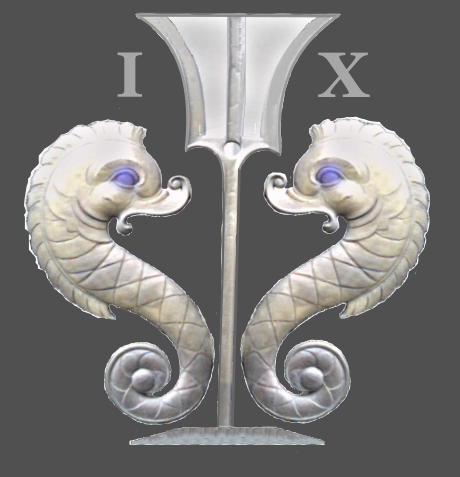











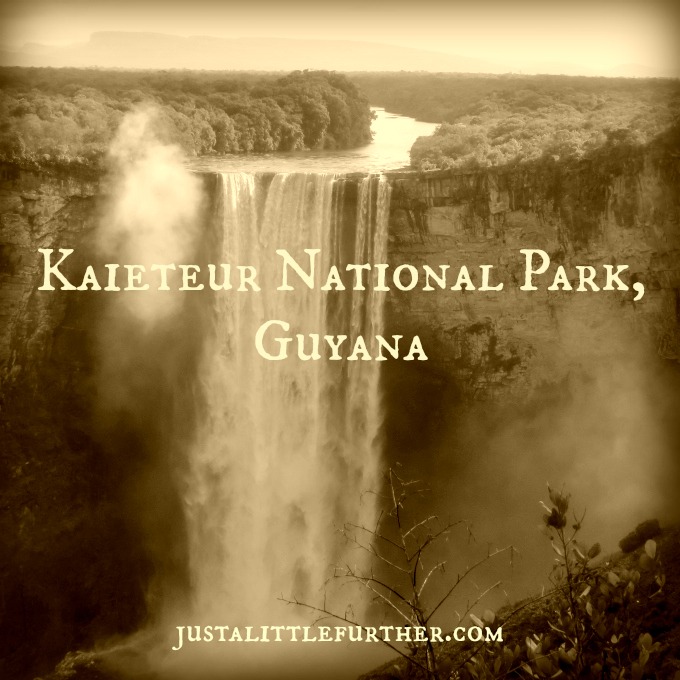 Described as the world's widest, single drop waterfall, Kaieteur is considered a must-see while in Guyana. Located on the Potaro River in the Amazon rain forest, its cascade plunges 226m (741ft) in a single drop and a total of 251m (815ft) before reaching the gorge below. That's about five times higher than Niagara Falls and more than twice the height of Victoria Falls.
Described as the world's widest, single drop waterfall, Kaieteur is considered a must-see while in Guyana. Located on the Potaro River in the Amazon rain forest, its cascade plunges 226m (741ft) in a single drop and a total of 251m (815ft) before reaching the gorge below. That's about five times higher than Niagara Falls and more than twice the height of Victoria Falls. 











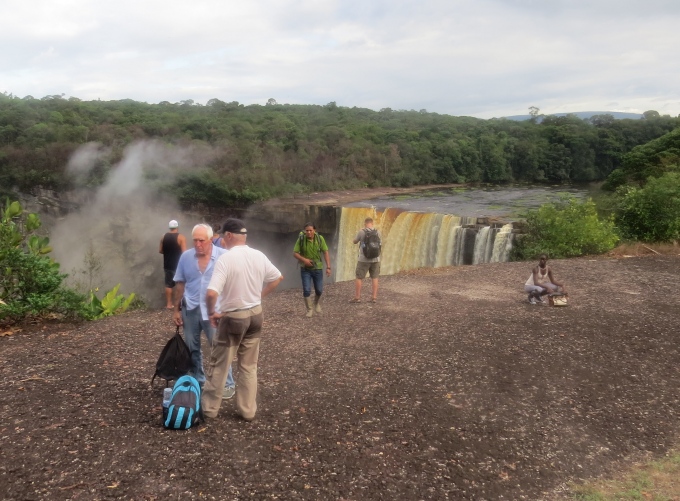 All too soon, it was time to head back to the park headquarters. Cold water and plantain chips were waiting for us and then we re-boarded our tiny plane to head back to Georgetown. On the return, the visibility was much improved. The pilot flew over the falls providing us with a good aerial view.
All too soon, it was time to head back to the park headquarters. Cold water and plantain chips were waiting for us and then we re-boarded our tiny plane to head back to Georgetown. On the return, the visibility was much improved. The pilot flew over the falls providing us with a good aerial view.




